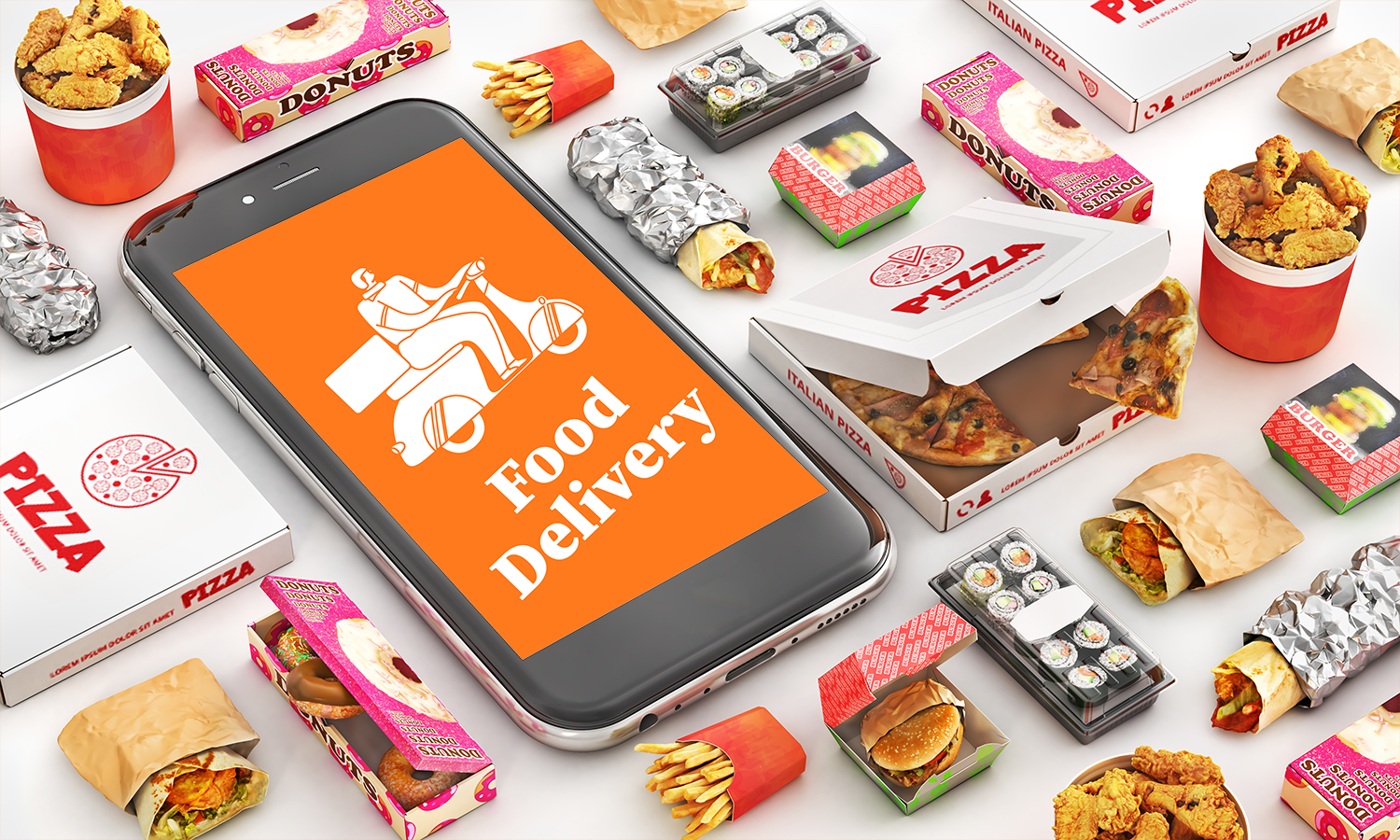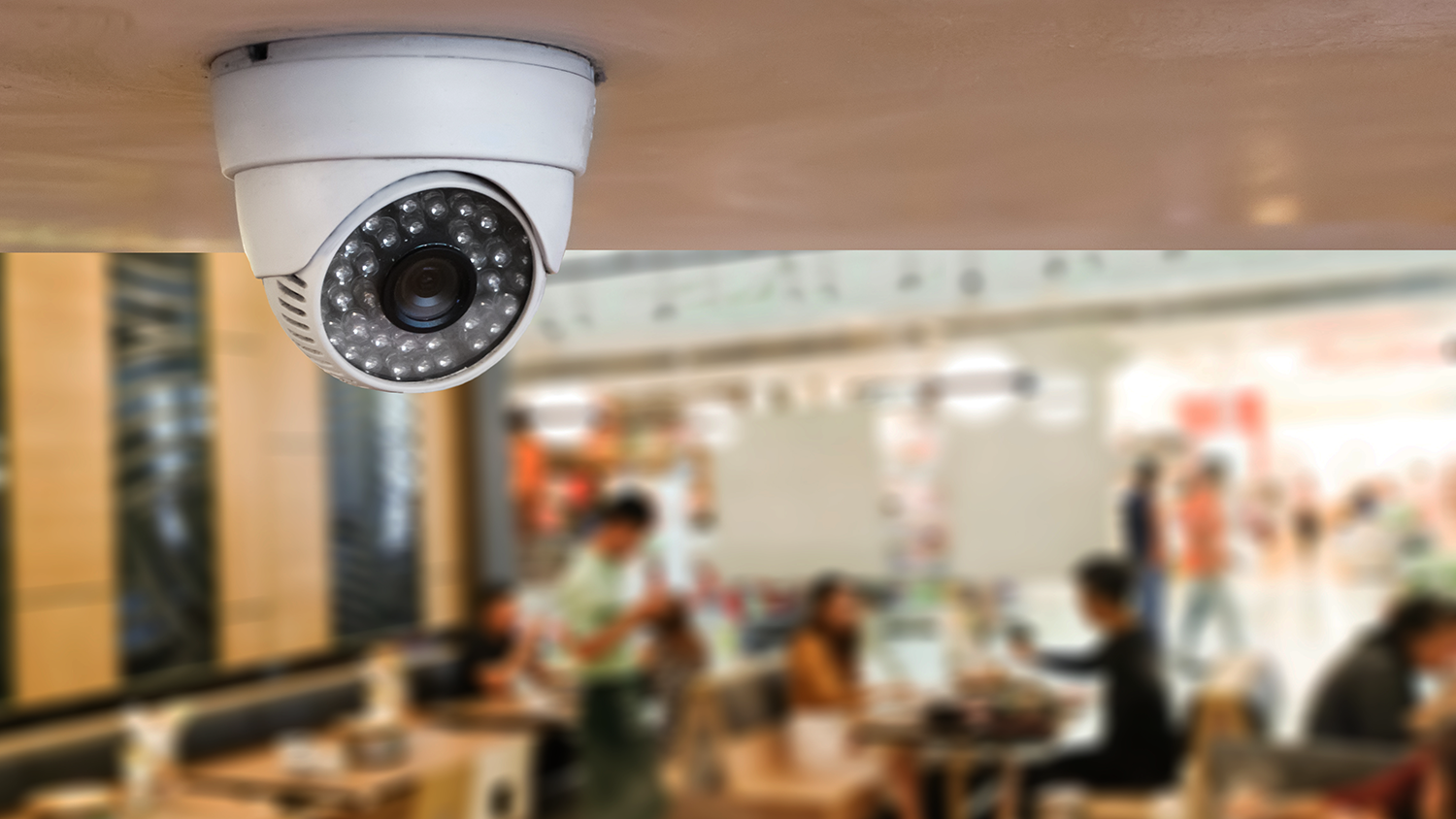By Lindsay Lawrence, Contributor
Relocating a restaurant is no small feat, as it involves managing the transportation of kitchen equipment, reestablishing the space’s atmosphere, and ensuring minimal disruption to your business.
Luckily, modern technology has introduced several innovations that streamline the restaurant relocation process, making it more efficient, cost-effective, and manageable. From cloud-based tools to smart IoT sensors, technology is revolutionizing how restaurants relocate. In this article, we’ll explore the key tech innovations that are simplifying restaurant relocation and helping owners make a seamless transition to their new space.
Digital Floor Planning and Space Visualization
One of the earliest challenges in relocating a restaurant is planning the layout of the new space. Digital floor planning software allows restaurant owners to visualize their new kitchen, dining area, and storage spaces.
They can do this without setting foot in the new location. Programs like AutoCAD, SmartDraw, and RoomSketcher offer 3D modeling features. These features help restaurant owners and interior designers draft layouts and experiment with configurations. These tools make it easier to ensure that equipment will fit properly. They also help ensure that traffic flow is efficient and that the overall design matches the restaurant’s brand identity.
Cloud-Based Inventory Management
Inventory is one of a restaurant's most crucial assets, and ensuring a smooth transfer from one location to another can be daunting. Cloud-based inventory management systems help streamline this process by allowing restaurant owners to track and update their inventory in real time.
This technology ensures you don’t lose sight of important assets like food supplies, equipment, and furnishings during the move. Additionally, some systems include analytics that help you understand what inventory you may want to downsize or replace based on demand patterns at your previous location.
Project Management Tools
Coordinating the multiple tasks involved in relocating a restaurant requires expert-level project management. Project management tools like Trello, Monday.com, and Asana use machine learning to provide smart recommendations, scheduling insights, and task prioritization. These tools can help restaurant owners break down the entire move into manageable steps, assign tasks to team members, and keep everything running smoothly. By automating scheduling and updating processes, these systems can prevent bottlenecks and ensure tasks stay on track.
Virtual Reality for Training Staff
When moving to a new location, restaurant staff may need to adjust to a new layout. They might also need to get used to different equipment or even a new style of service. Virtual reality (VR) technology makes this transition easier. It allows restaurant owners to train their staff on the new setup without requiring them to be there in person.
With VR, employees can familiarize themselves with the kitchen, bar, or service areas. They can practice their workflows before the grand opening. This preemptive training reduces the learning curve. It also minimizes errors once the new restaurant opens, helping maintain consistency from day one.
GPS Tracking for Equipment Transportation
Transporting commercial kitchen equipment safely and efficiently is a major concern during relocation. GPS tracking technology provides real-time updates on the location of your valuable assets, ensuring peace of mind throughout the process. Whether moving high-end refrigerators, specialized ovens, or delicate furniture, GPS tracking allows you to monitor their transport and receive alerts about delays or issues. Many professional movers offer this technology as part of their service, enabling restaurant owners to focus on other aspects of the move while keeping tabs on their equipment.
Smart IoT Sensors for Equipment Monitoring
Once your kitchen equipment arrives at the new location, ensuring everything is in good working order is crucial. Smart IoT (Internet of Things) sensors can monitor the status of kitchen appliances like ovens, refrigerators, and fryers, providing real-time data on temperature, performance, and energy usage.
These sensors can detect irregularities during transportation or after installation, allowing for quick fixes before the restaurant runs. This technology helps avoid costly breakdowns and optimizes equipment in the new location.
Automated Scheduling Systems for Utility Transfers
One of the more tedious aspects of relocating a restaurant involves transferring utilities such as electricity, gas, and internet services. Automated scheduling systems simplify this process by coordinating the transition and ensuring no downtime between locations. With these systems, restaurant owners can schedule disconnections and reconnections of utilities, confirm service appointments, and set up payment schedules, all through a centralized platform. This streamlined process helps ensure that essential utilities are available when needed, preventing delays in reopening.
Cloud POS Systems for Seamless Transactions
Point of sale (POS) systems are the backbone of restaurant operations. Switching to a new location can disrupt sales and payments if the transition isn’t smooth.
Cloud-based POS systems like Square, Toast, and Clover help solve this problem. These systems allow restaurant owners to manage payments, track sales, and monitor customer interactions from anywhere. Since the data is stored in the cloud, it’s not tied to a physical location. That makes it easy to continue business operations as you move. All your transactions, customer loyalty programs, and reporting tools will be ready as soon as you set up in your new space.
Social Media and Digital Marketing Automation
During a restaurant relocation, keeping your guests informed is critical to retaining their loyalty and interest. Social media platforms and digital marketing tools can help you manage this communication more effectively.
Automated social media posting and email marketing platforms like Hootsuite, Mailchimp, and Buffer allow restaurant owners to schedule updates about the move, grand opening, and special promotions well in advance. By automating this aspect of the relocation, you can ensure your marketing efforts stay consistent, even when you’re busy handling other parts of the move.
Cloud Collaboration Tools for Seamless Team Communication
Collaboration between staff, contractors, designers, and movers is key to a successful restaurant relocation. Cloud collaboration tools like Slack, Microsoft Teams, and Google Workspace make communication easier by centralizing discussions, file sharing, and updates. Whether your team is spread across different locations or working remotely, these tools ensure everyone stays on the same page. The ability to share real-time updates, documents, and progress reports eliminates misunderstandings and ensures that everyone involved in the relocation is well-coordinated.
Technology as a Restaurant Relocation Ally
Relocating a restaurant is a multifaceted endeavor that requires careful planning, coordination, and execution. By embracing the latest technological innovations, restaurant owners can simplify the moving process, reduce downtime, and set themselves up for success in their new location. Digital floor planning tools help optimize the new space, and project management systems streamline the move. Technology has become an indispensable ally in restaurant relocation.
Restaurant owners can reduce stress using innovations like cloud-based inventory systems, virtual reality staff training, and IoT sensors for monitoring equipment. These tools also help maintain operational efficiency throughout the move. Whether you're opening a new location across town or relocating your flagship restaurant to another city, leveraging these technologies will make the transition as smooth as possible.
About the Author
Lindsay Lawrence is a Relocation Consultant at Hansen Bros. Moving & Storage Seattle, WA, a trusted provider known for offering reliable moving services, including residential, commercial, and storage solutions. Lindsay’s expertise focuses on using innovative tools to simplify moves, reduce downtime, and improve overall efficiency.














